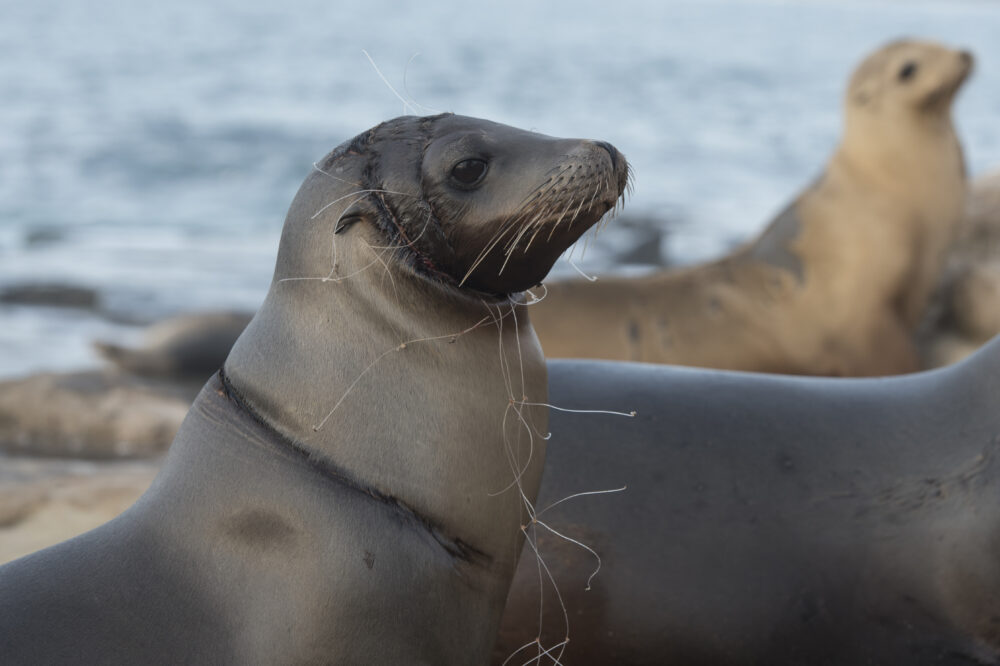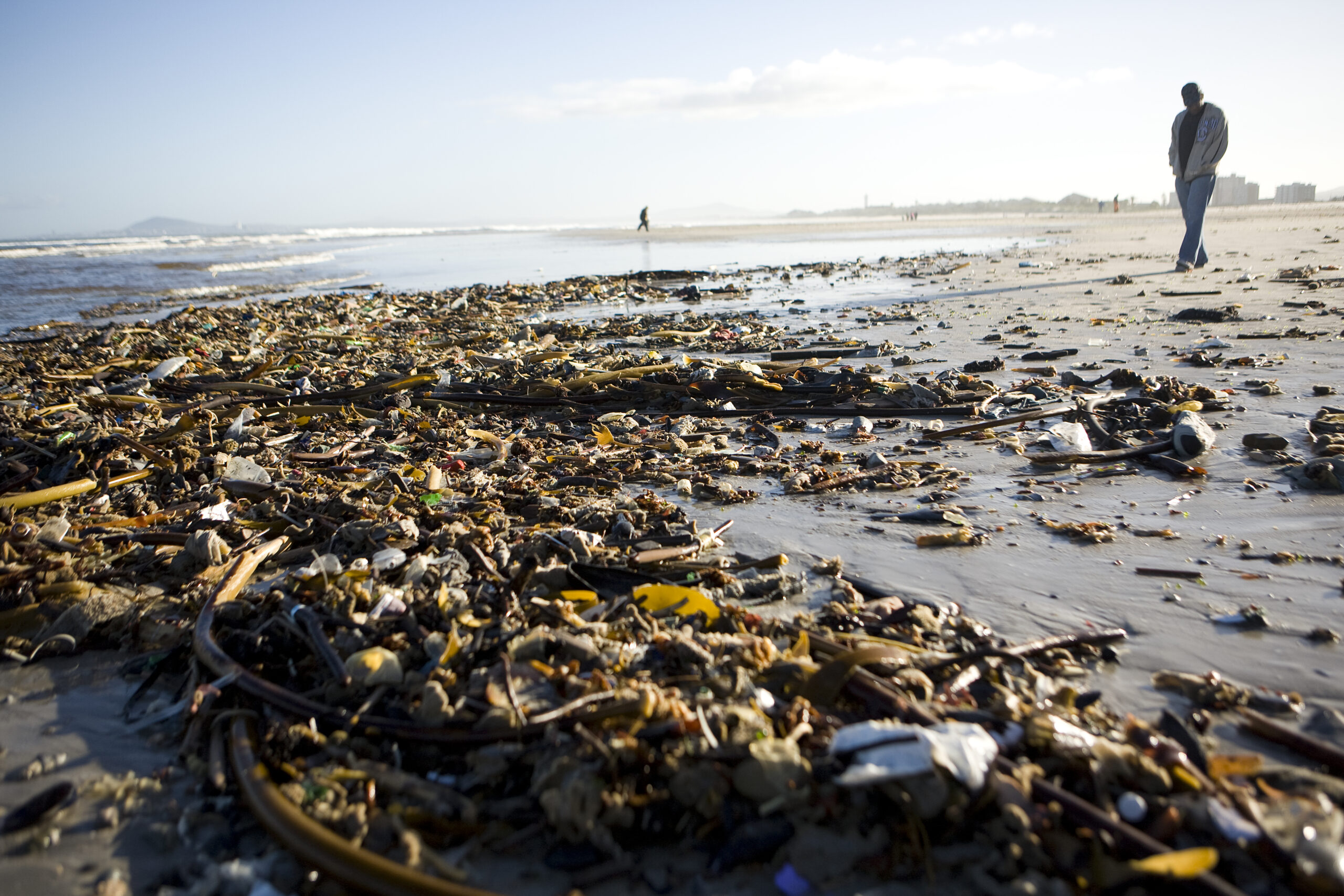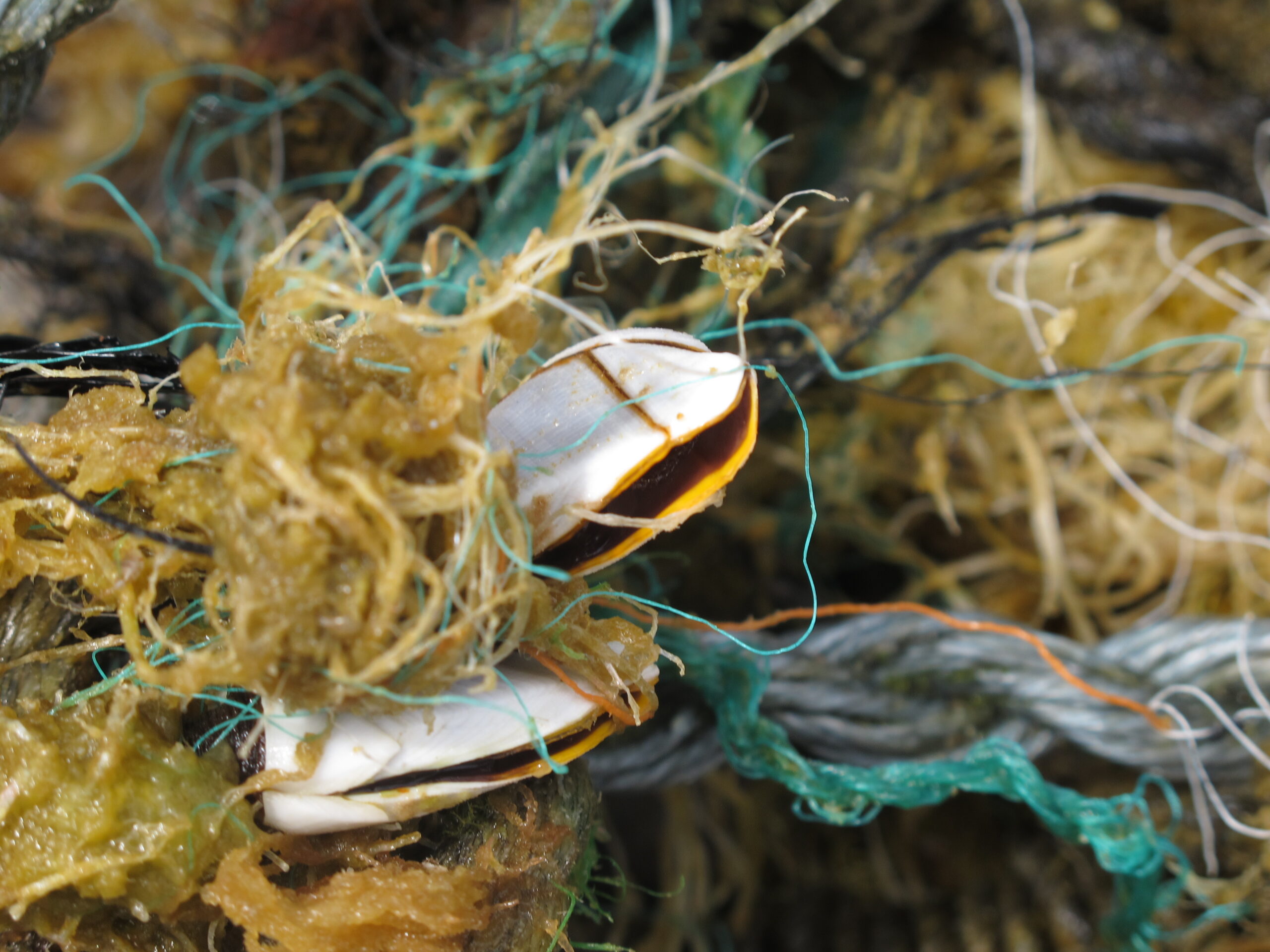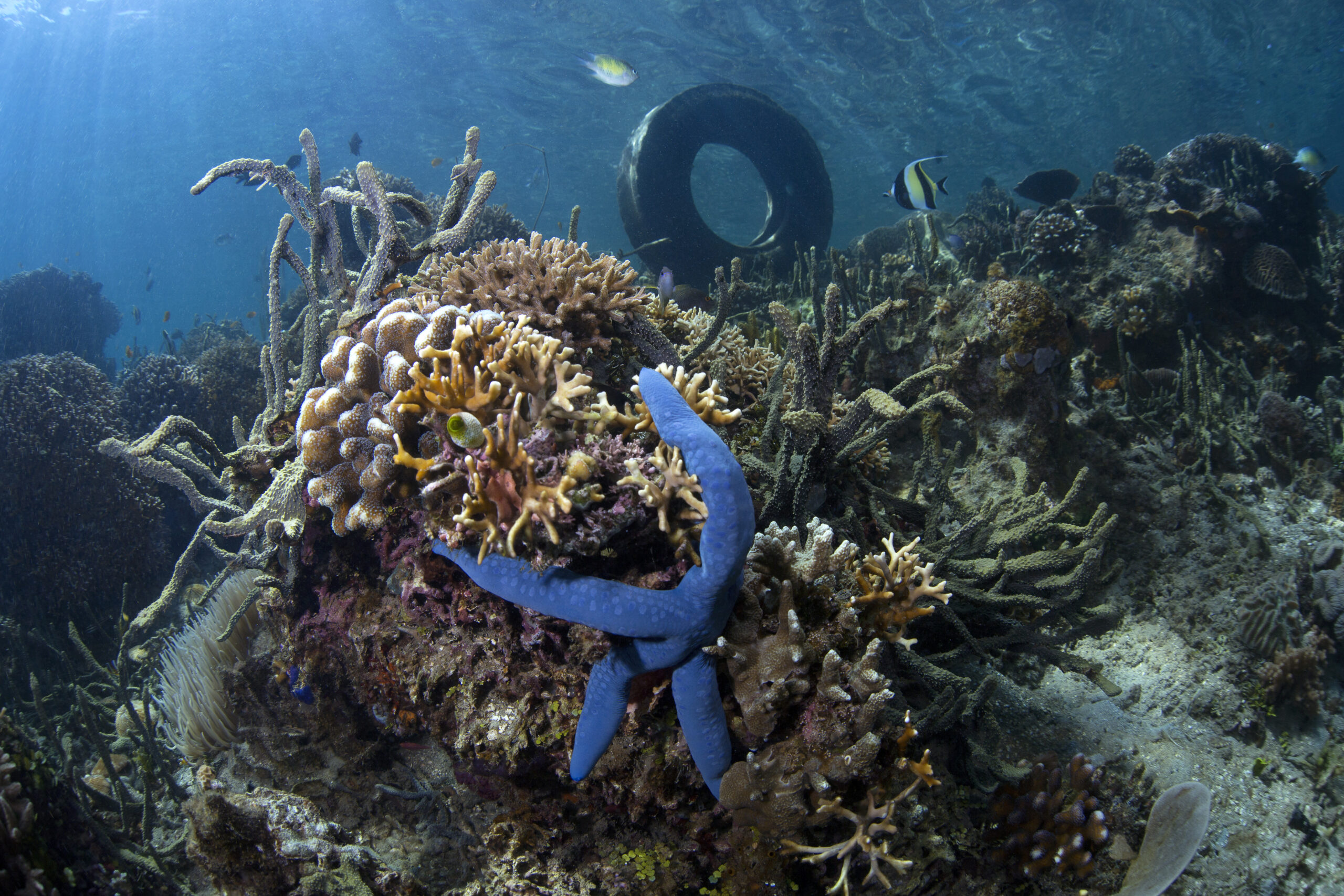3 Ways to Push Back Against Plastic Pollution
How to reduce single-use plastics in your everyday life

By now, I’m sure everyone is familiar with one of the greatest threats to our ocean—plastic pollution. The stuff is literally everywhere, from the deepest parts of the ocean to remote regions of the Arctic. We can’t avoid the steady stream of news stories, reports and studies that all reinforce that we are headed towards a future that will be drowning in plastic. If you’re like me, you wonder—what can I do to help?!
Here are three things you, as an individual, can do to help stem the tide of plastic pollution.
1. Say no to unnecessary, single-use plastics

2. Become a proactive consumer

However, farmers’ markets may not have everything households need or want, and the more sustainable choices may not be clear when navigating store aisles or websites. Furthermore, when sustainability information is available, it may be opaque with messaging that is cryptic or meaningless. At this point, the choices that we appreciated and valued in our shopping experience can become overwhelming and frustrating.
So, where do we go from here?
We all know about Reduce, Reuse, Recycle—while these are evergreen habits that we should all practice regularly, we must be more proactive and have bigger aspirations. Take a second to think about (or develop) your personal priorities as it relates to this subject. Is reducing your Greenhouse Gas footprint your highest priority? Where do water, waste and energy footprints rank? Trash in the ocean? Try to focus on just one or two of these areas at first, and align your purchasing decisions with your impact reduction priorities.
Taking trash in the ocean as an example—what actions can we take to keep trash out of the ocean? We can start with the 3R’s and build on this by actively trying to understand which products in our current shopping baskets are found on beaches around the world by using the International Coastal Cleanup data, and which items pose the greatest threat to marine life. Note that all decisions will have tradeoffs and impacts from alternative options must be considered, but it is important to remember that sustainability is a journey and not something that happens all at once. Once you have had some success, look to other areas to improve. You can make it a personal passion project, but voting with your dollars also sends signals back to product manufacturers and brands about your purchasing preferences.
3. Take action and spread the word

You can also write to your representatives and let them know what you support and that plastic pollution is a serious and immediate issue. These men and women are there to represent you and your voice. Don’t waste the opportunity and privilege to have a say in what our world looks like.
Additionally, we must educate others. Instead of complaining or yelling at others for not recycling or not practicing sustainability, explain the implications in a respectful way. You don’t know what’s going on in the lives of others so “teach don’t preach”—lend a helping hand to those in need when you are able.
As individuals, we alone cannot reverse the past 70 years of plastic pollution. Each of us, however, can help evoke change by echoing the need for solutions through our everyday choices and actions.